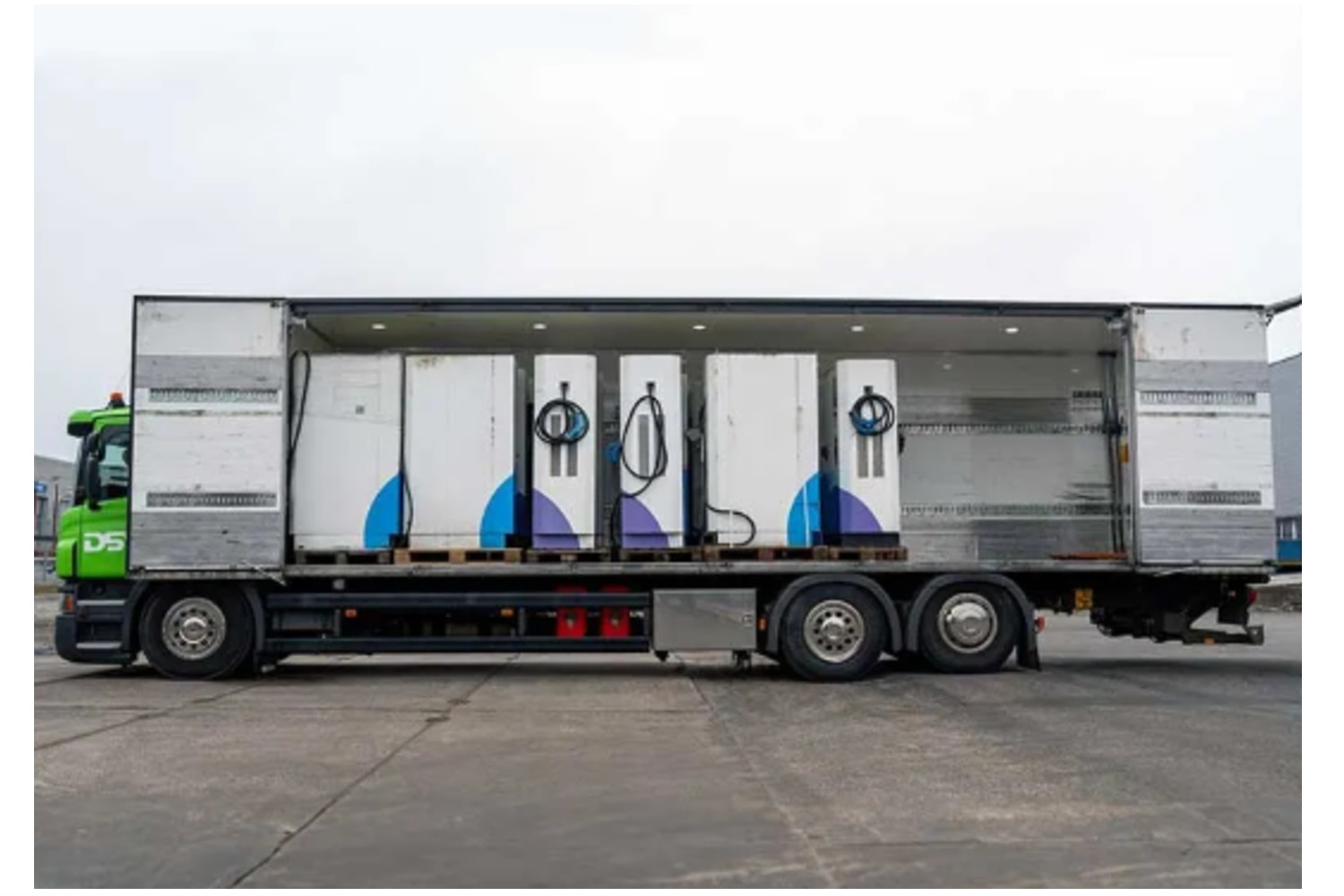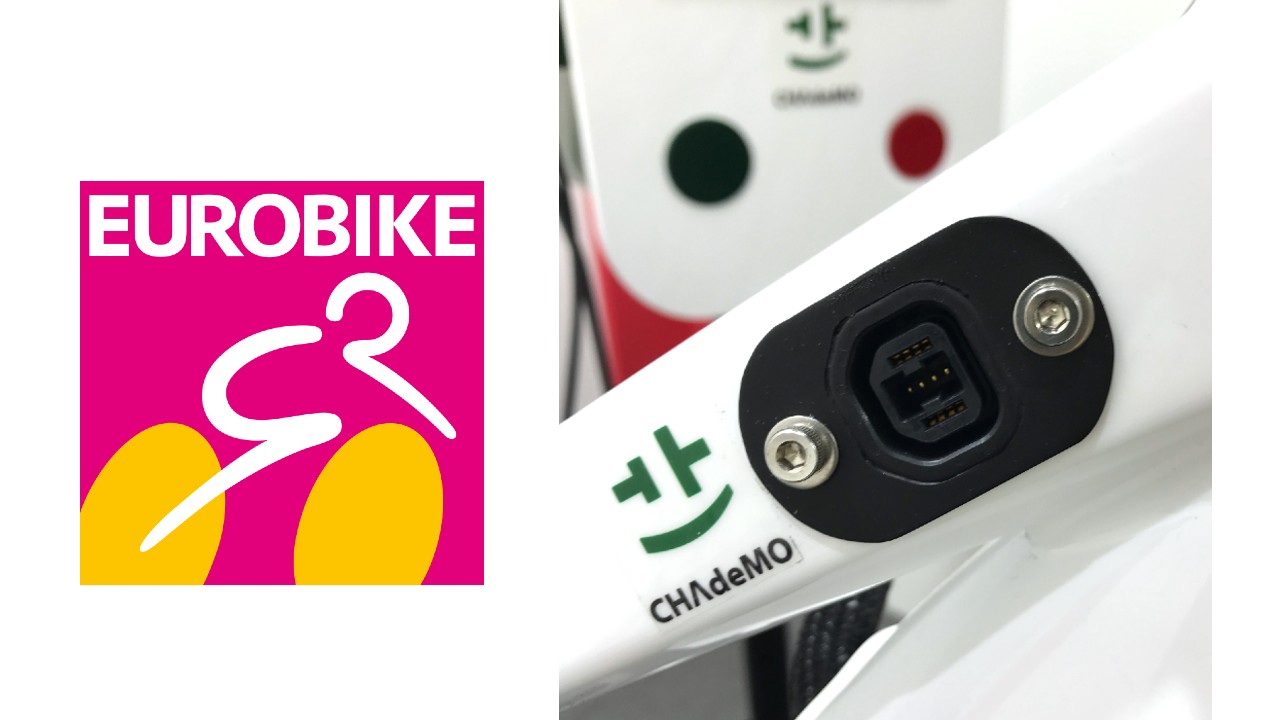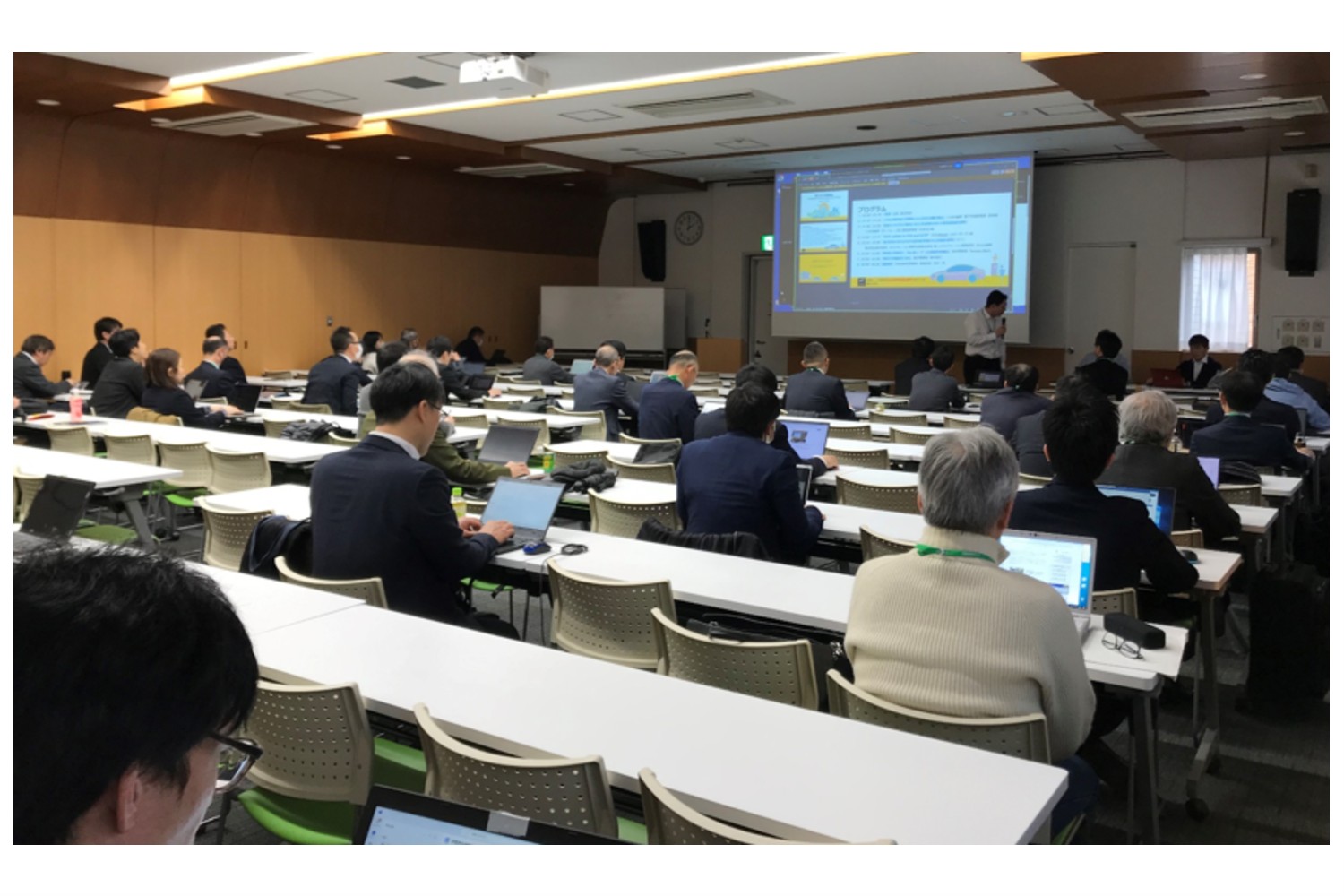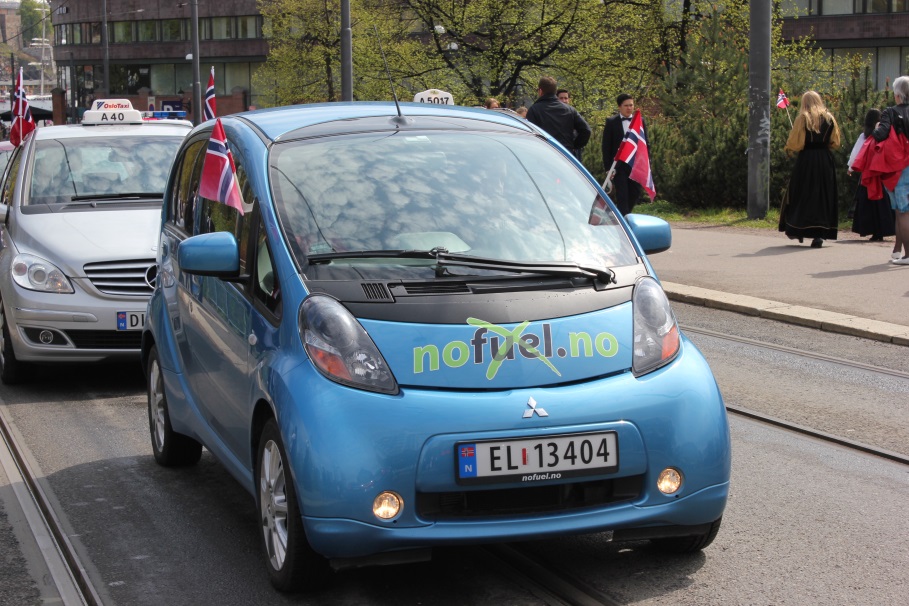
Norway, an EV legend?
With almost 12,000 EVs on the roads and 3% of new cars sold this year being electric, Norway is already an e-mobility success story and an example to look up to. Even if it is true that Scandinavians have less fear of plugging their cars into a socket, as they do that even with conventional cars in winter to keep them acceptably warm, that does not automatically mean their range anxiety is any lesser. Admiring the achievements of this country with 5 million people famous for its beautiful scenery and cold weather (not good for batteries!), CHAdeMO team went to Norway to investigate how they managed to be so advanced. And the answers were… not so surprising.
Incentives, incentives, incentives
Powered by a desire to reduce their CO2 emissions from transport and with a very ambitious target of an average of 85g per km from passenger cars by 2020, Norway has been a European pioneer in EV/ Green car incentives introduction. The tax rate on buying and owning petrol and diesel powered cars in Norway is one of the highest in the world and equals 93% and 84% respectively, so there is a lot of room for tax reductions. Extensive financial incentives, ranging from exemption from VAT (25%), through reduced annual tax (€3,000), no purchase tax as well as free parking, road tolls and ferries make up for up to €15,000 discount per car for EV drivers. The incentives are offered to all zero emission cars, including hydrogen, and take into consideration three elements: weight of the car, CO2 emissions reduction, and power (kW). With this, for example, the price of a Nissan LEAF becomes on par with that of a conventional VW Golf. Additionally, with the price of petrol around €1.80 per liter and public slow AC charging offered for free, the running cost of an EV is much lower. It is not surprising then, that in April 2013, Nissan LEAF became the second best-selling vehicle in Norway.
This state policy ensures the tax incentives be in operation until at least 2018 or at the achievement of 50,000 EVs on the roads, providing a stable environment for EV dissemination. This model of rewarding the greenest choice of the car taps into both the Norwegians’ pockets as well as into their environmental consciousness. Indeed, 37% of all respondents to the survey by the Norwegian Electric Vehicle Association (Elbil)* singled out environment as the biggest motivation for their purchase of an EV, followed by time and cost savings (28% and 29% of respondents respectively).
Why “time” savings, you may wonder. Many areas of Oslo are plagued by traffic. Access to bus lanes and free public parking is a very attractive package that helps save time. In a survey by Elbil, over 50% of respondents selected access to bus lanes as one of the most important EV benefits. One EV driver who lives in a particularly congested area of Oslo was anecdotally quoted to be getting “7 hours per week more with his family and not wanting to share the news with others for fear that too many EVs on the roads will crowd the bus lanes”.
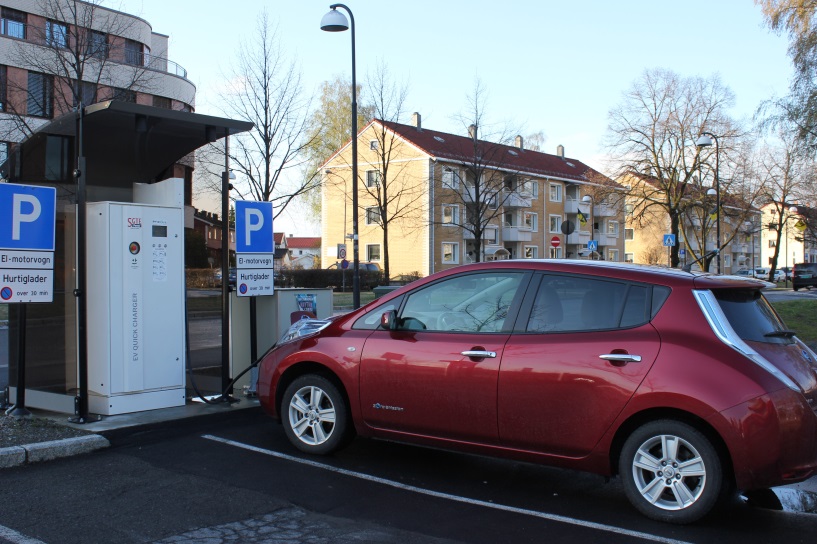
Beyond incentives
Governmental support goes much further than financial incentives. NOBIL, an open database owned by governmental agency Transnova, collects charger data and provides a database and map that not only includes charger locations, but also indicates their real-time availability, facilitating the charging experience for EV drivers. Municipalities also engage themselves in e-mobility projects. The City of Oslo has spent 2 million Euros from 2008 to 2011 on a charging infrastructure.
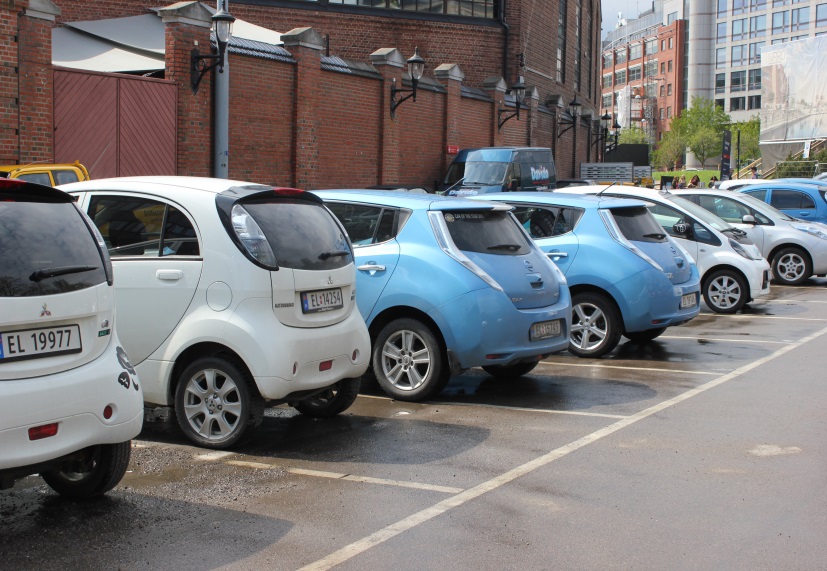
According to Marianne Mølmen, Senior Executive Officer, Agency for Urban Environment, City of Oslo, their strategy was to select charging points following suggestions of EV drivers and potential drivers, and also in highly visible places to raise awareness. An EV-only car park with 50 AC 3kW chargers in the city center, everyday full of EVs, is a living and working testimony to this approach. Having reached 400 charging points, Oslo has not slowed down its push for e-mobility: it is planning a new tender for another couple of hundred of charging stations. Such governmental support for EV dissemination is also echoed by the private sector. Move About, a car-sharing scheme founded in 2007, focuses on corporate customers and offers its subscribers Peugeot iONs, Nissan LEAFs, Renault Kangoos and Tesla Roadsters. The EVs available on demand reduce the cost for the enterprises and their CO2 emissions at the same time. Its service has been steadily growing in popularity, reaching 2,500 members in Norway and expanding operations to the Netherlands and Germany.
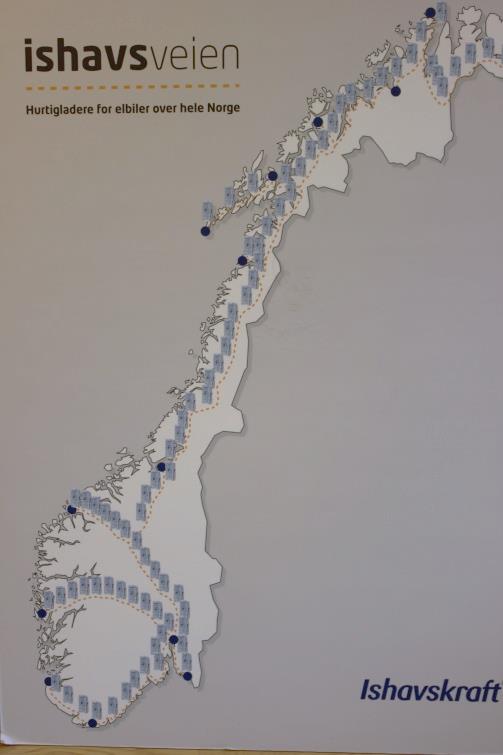
The three major charging point operators, EV-power, Grønn Kontakt and Ishavskraft, support from the infrastructure side. One of the most ambitious infrastructure deployment projects is spearheaded by Ishavskraft, an electricity provider, who aims to build a 4,000-km long fast charger corridor covering the entirety of Norway’s main roads. Named Ishavsveien and literally meaning ‘arctic road’, it will open fjords to EV drivers and enable them to go all the way from the Eastern coast to the country’s most North-Western corner. CHAdeMO chargers deployed as part of the project already enable a cross-border EV driving between Sweden and Norway.
CHAdeMO already a crucial part of EV driving
Given its exceptional approach to EVs, it is not surprising Norway is also a particular place for CHAdeMO. With 70 CHAdeMO chargers in place, Norwegians may not have the highest density of CHAdeMO chargers – it is less than 5 per 10,000 m2 – but they do come second in Europe when considering the number of units per capita. With already two thirds of all EVs on the roads being CHAdeMO compatible and three infrastructure providers each continuing to deploy many more fast chargers, their number is likely to grow exponentially.
Petter Haugneland, Communications Manager, Elbil, says “Elbil supports the further deployment of fast chargers that will extend the range of the electric car and reduce the range anxiety for the user”. A Nissan LEAF driver, Jan Tore Gjøby, confirms this and told CHAdeMO about his experience: “I drive 30,000 km per year with my Leaf. Some days I drive over 300 km. Without CHAdeMO fast charging this would not have been possible. It has made it possible for me to just run electric despite the fact that I live in the countryside of Norway and need to do a lot of traveling with my job”, says Jan.
With its locally-relevant and generous incentives, high environmental consciousness and 95% of energy produced by hydropower** Norway leads the way in ensuring a real ‘Zero emissions’ mobility.
* http://www.elbil.no/
**According to statistics of Norwegian Water and Energy Directorate

